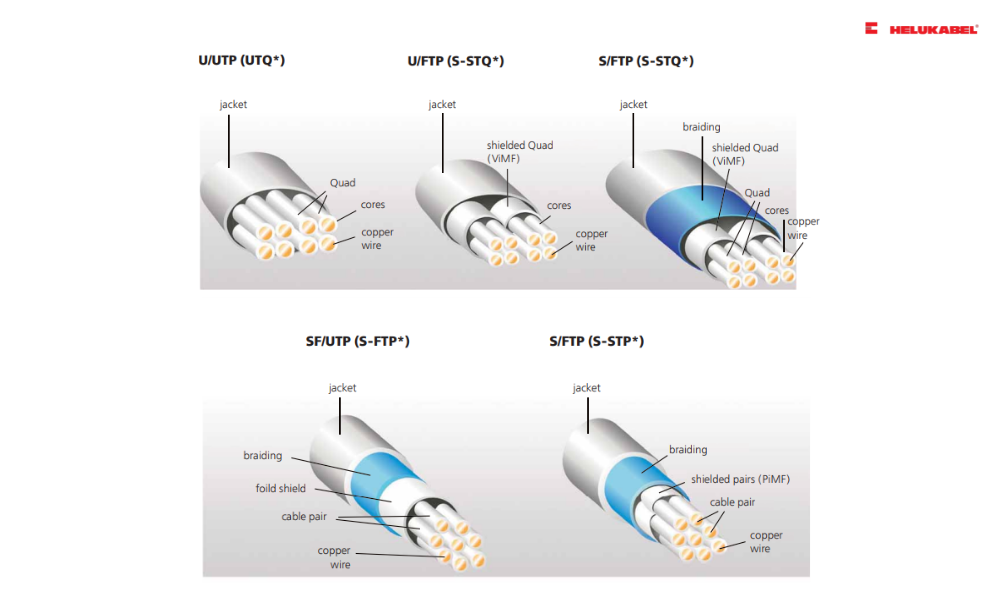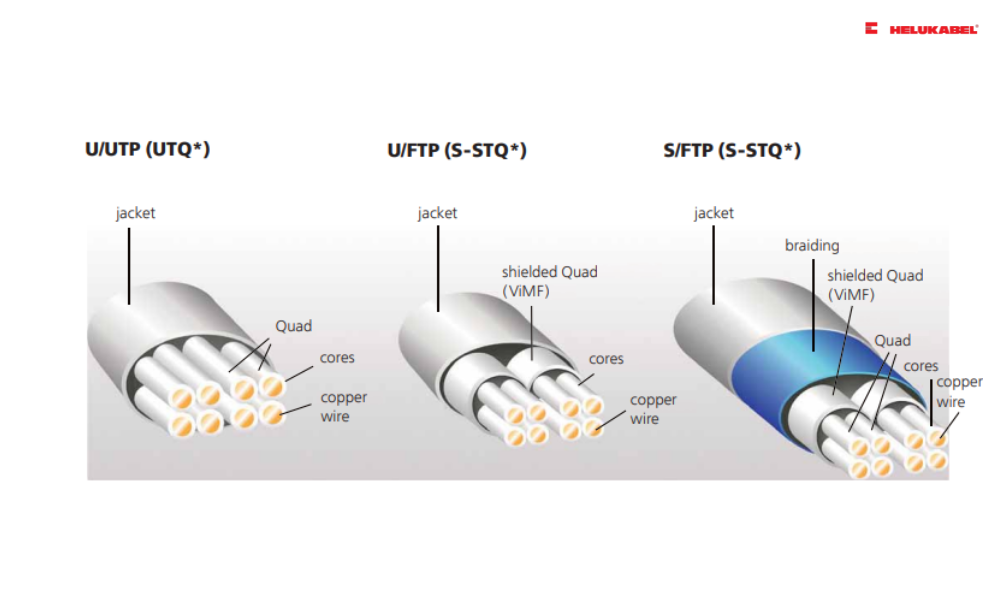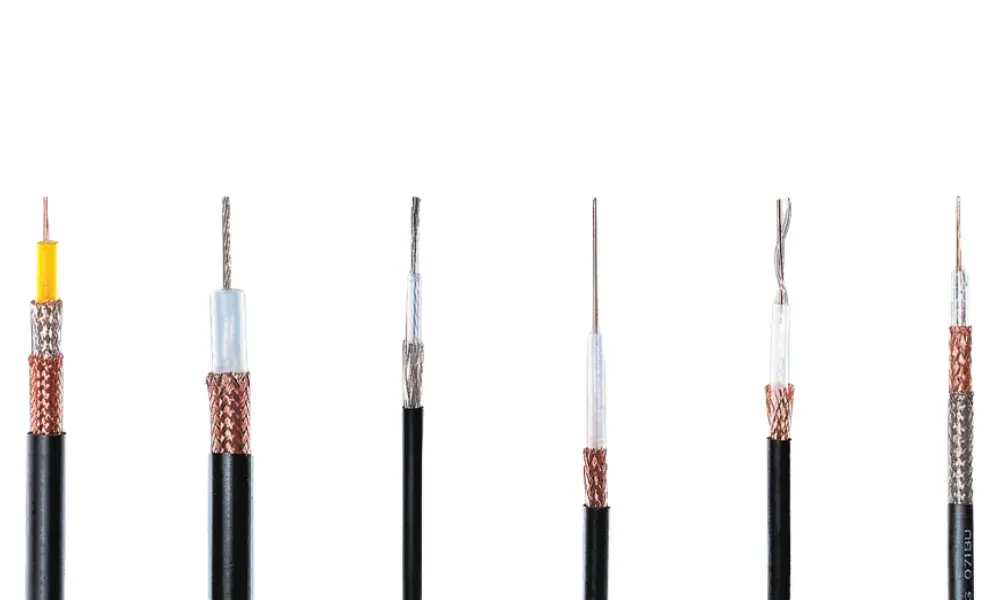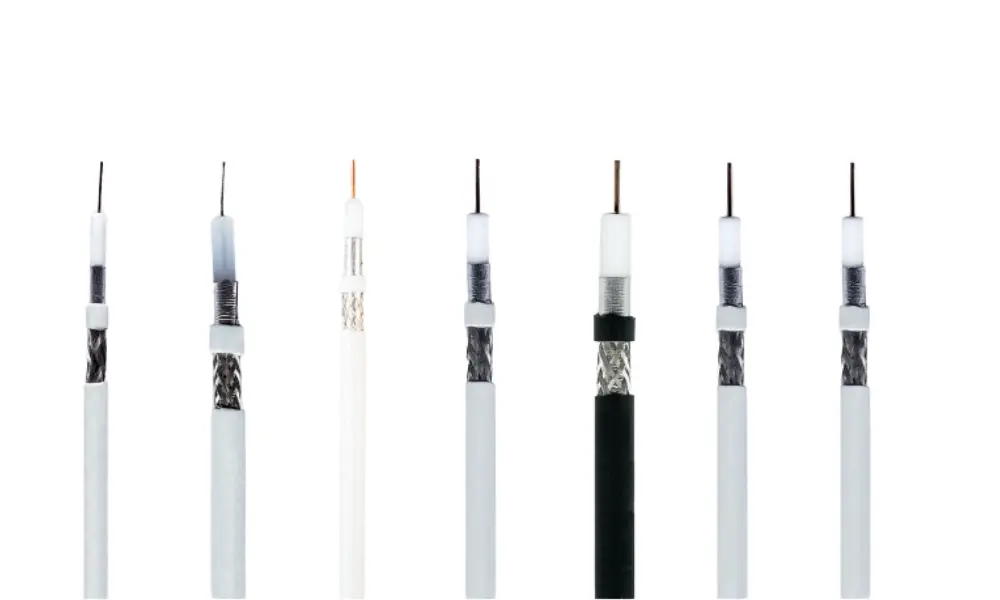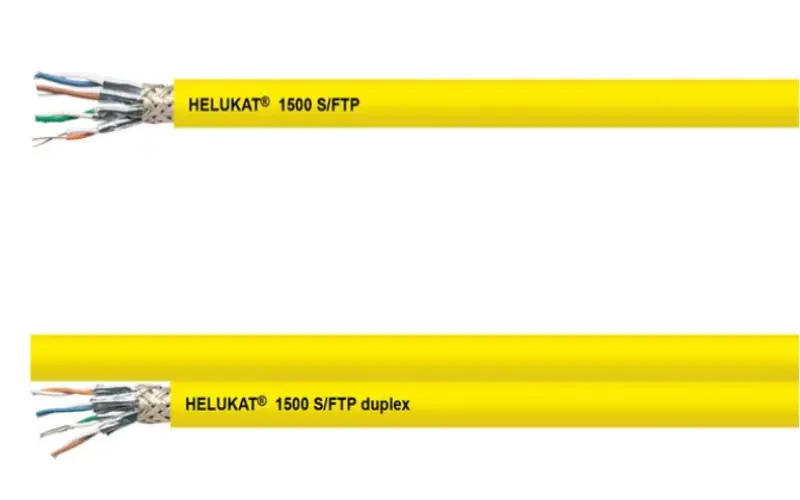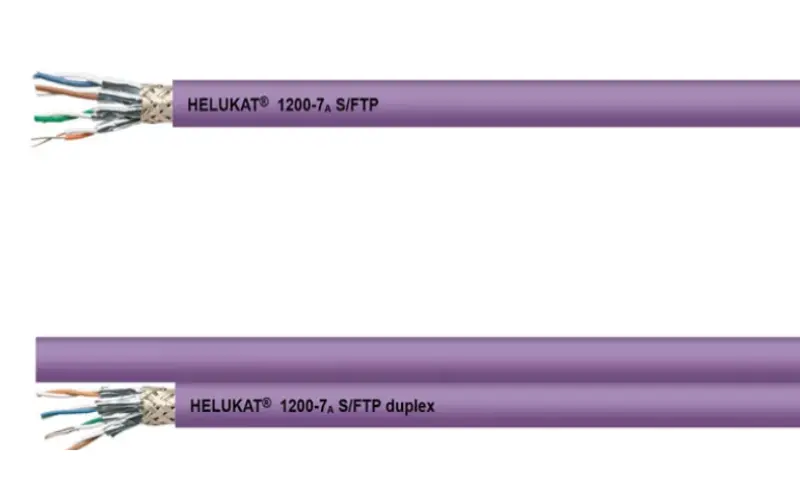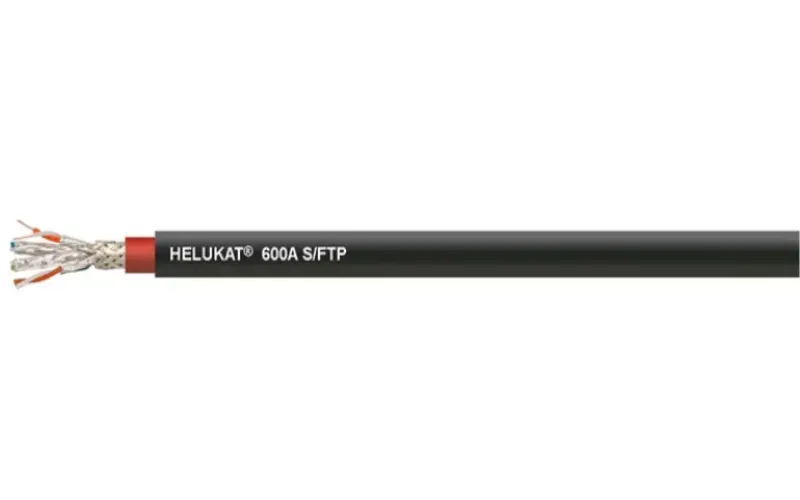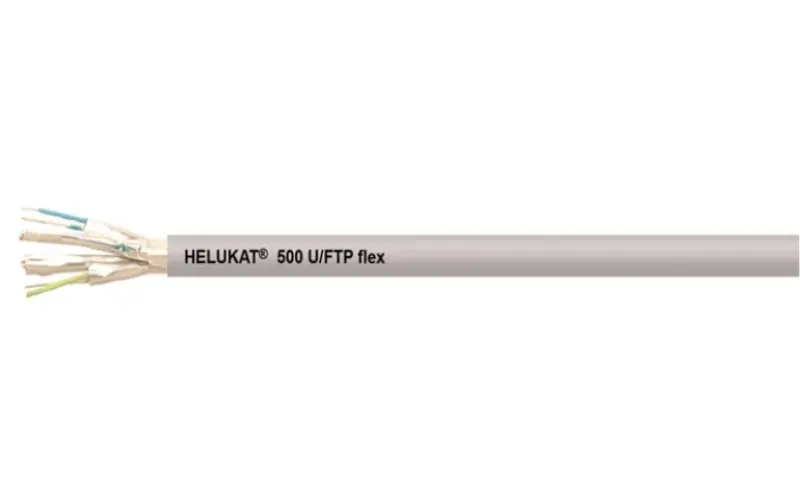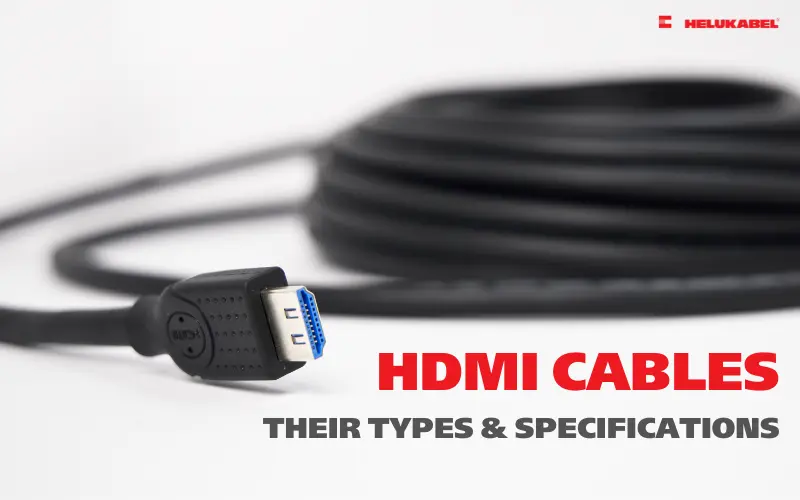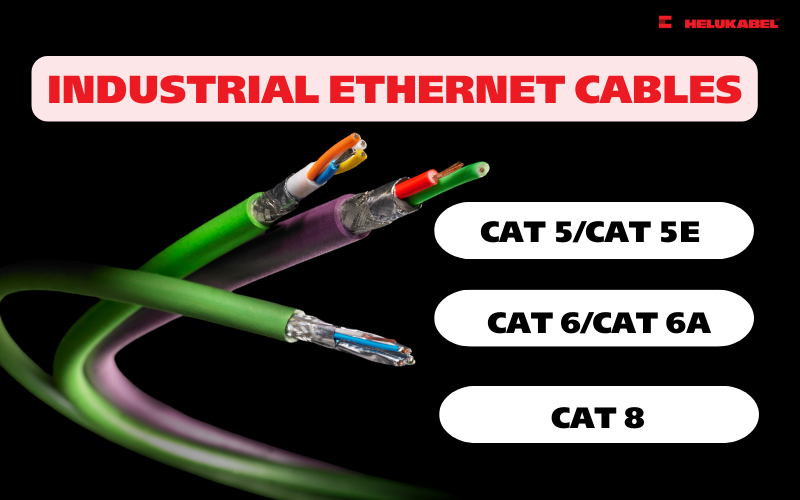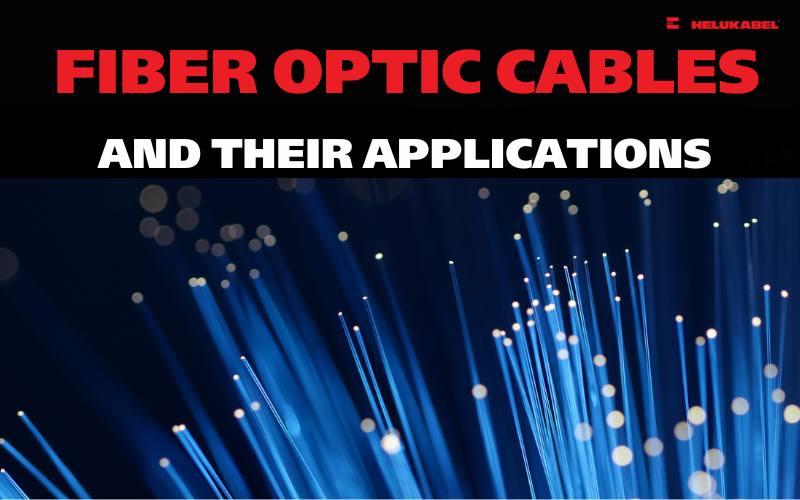What is LAN? Overview of LAN and LAN cables
What is a LAN? How many types of LAN cables are there, and what roles do they play in connectivity? Let’s explore in the following articles.
1. Overview of LAN
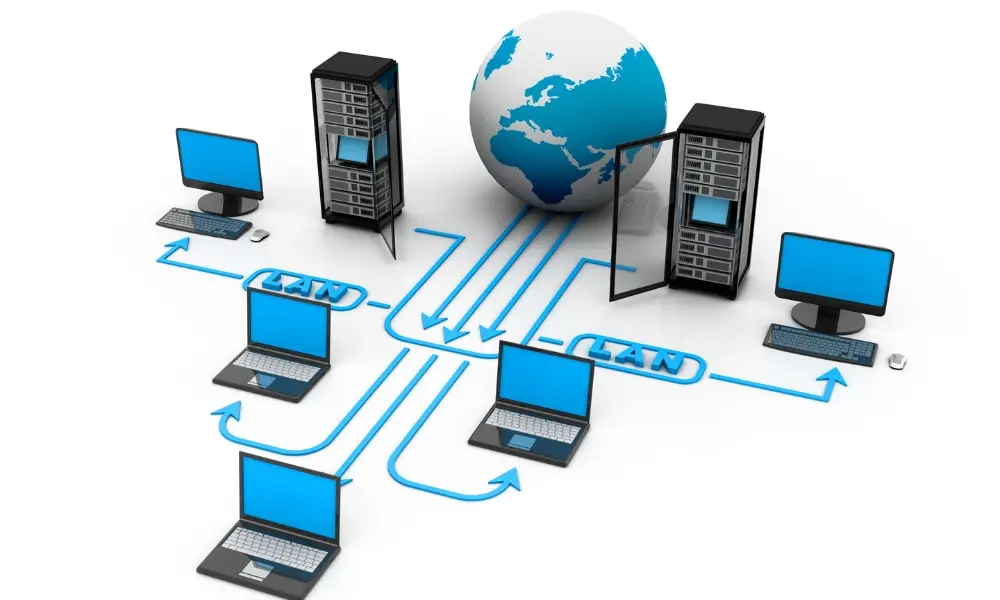
1.1 What is a LAN?
A computer network allows computers to connect and exchange data through various transmission media. There are three main types of networks based on coverage area:
- LAN (Local Area Network): Covers a small area
- MAN (Metropolitan Area Network): Covers a wider area than a LAN
- WAN (Wide Area Network): Covers the largest area
A LAN (Local Area Network) is a group of devices connected within a specific physical area such as a building, office, or home. LANs can range from small networks with a single user to large enterprise networks with thousands of users and devices across offices or schools.
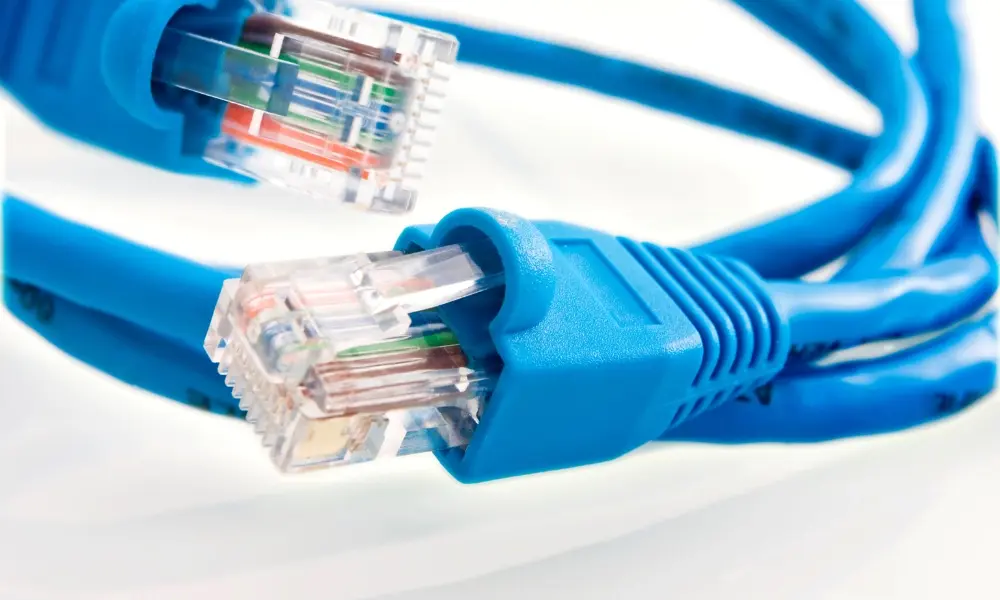
1.2 How does a LAN work?
A LAN connects multiple devices in a small area like a home, office, or school, allowing them to communicate and share resources efficiently. Here's how a LAN operates:
- Device connections: Devices such as computers, printers, and smartphones connect to the LAN using Ethernet cables or wirelessly via Wi-Fi. Each device uses a Network Interface Card (NIC) to connect to the network.
- Data transmission: When a device sends data (e.g., a file), it is transmitted across the network. In a wired LAN, the data travels through Ethernet cables; in a wireless LAN, it is transmitted via radio waves.
- Switches and routers: A switch directs data to the correct device within the LAN. If a device needs Internet access, a router connects the LAN to the Internet.
- Resource sharing: Once connected, devices can share resources such as files, printers, and Internet connections, enabling efficient teamwork and communication.
2. Key features of LAN
2.1 Characteristics of LAN
LANs have several important features that make them essential for home, office, and school networks:
- Limited range: A LAN typically covers a small geographic area such as a single building.
- High data transfer speed: LANs offer high-speed data transmission, typically from 10 Mbps to over 1000 Mbps.
- Resource sharing: Devices on the LAN can share files, printers, and Internet connections.
- Security and access control: As a local network, a LAN provides higher security and better access control.
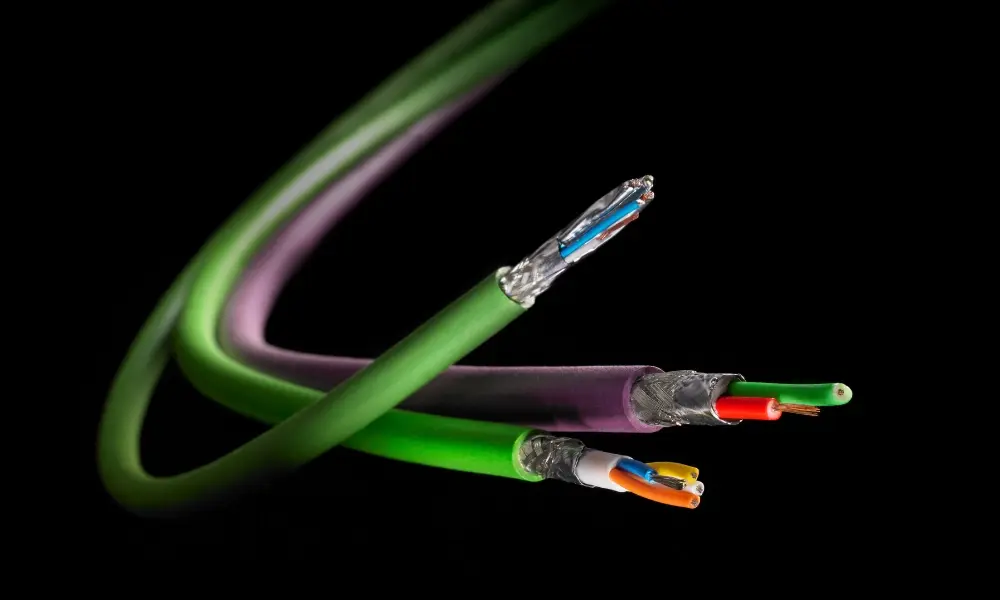
2.2 Components of a LAN
A typical LAN consists of several key components working together to form a high-speed and reliable network:
- Devices (Nodes): Computers, smartphones, printers, and other electronics.
- Switches: Manage and route data to the correct devices, preventing data collisions.
- Routers: Connect the LAN to the Internet.
- Cables or wireless connections: Devices connect using Ethernet cables or wireless Wi-Fi.
- NICs (Network Interface Cards): Hardware installed in each device to enable network communication.
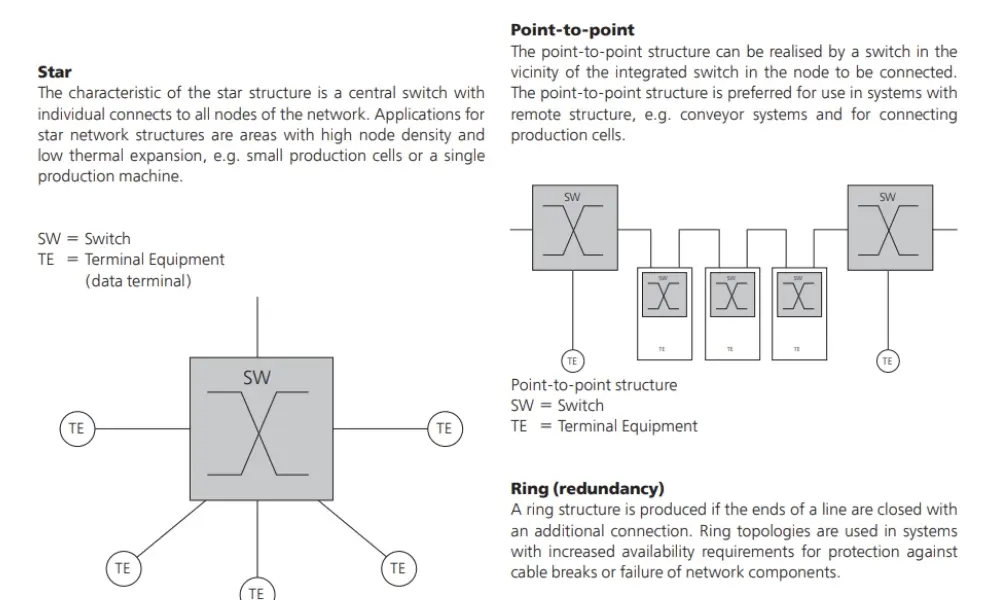
2.3 Common LAN topologies
Network topology refers to the layout or structure of device connections in a LAN. Each topology has its own advantages:
- Bus topology: All devices connect to a single central cable. It's simple and cost-effective but prone to failure if the main cable is damaged.
- Ring topology: Devices form a closed loop; data travels in one direction. A failure in one device can disrupt the entire network.
- Star topology: All devices connect to a central hub or switch. It's stable and easy to maintain - if one device fails, others remain unaffected.
3. What is a LAN cable?

A LAN cable, or network cable, is a specialized cable used to connect devices within a limited area, such as a home, school, or office. It transmits data signals and enables communication between devices like computers, printers, and networking hardware.
LAN cables use twisted copper wire pairs to carry electrical signals, minimizing electromagnetic interference (EMI) and crosstalk. Some cables include shielding to enhance noise resistance. They enable fast and secure data transfer when connecting devices to switches, routers, or directly to one another.
4. Types of LAN cables
There are three main types of cables used in LAN networks:
4.1 Coaxial cables
Key characteristics:
- Copper conductor core
- PVC or Teflon insulation
- Metal shielding to prevent EMI
- Outer sheath made of PVC or flame-retardant material
Common coaxial cable types (based on RG standards):
- RG6: Most widely used for short-range cable TV connections.
- RG11: Larger and more durable than RG6; used for long-distance, high-frequency transmissions.
- RG59: Suitable for short distances, especially in CCTV systems.
4.2 Twisted pair cables
Twisted pair cables use two insulated copper wires twisted together to reduce interference. They come in two types:
- UTP (Unshielded Twisted Pair): Most common in modern Ethernet networks. Suitable for LANs, telephones, and general networking.
- STP (Shielded Twisted Pair): Includes shielding for better EMI resistance. Ideal for high-speed or interference-prone environments.
Twisted pair cables are classified into different categories (denoted as Cat.), with each category supporting different transmission speeds and bandwidths.
| Category | Maximum data rate | Bandwidth |
| Cat 3 | 10 Mbps | 16 MHz |
| Cat 4 | 26 Mbps | 20 MHz |
| Cat 5 | 100 Mbps | 100 MHz |
| Cat 5e | 1000 Mbps | 100 MHz |
| Cat 6 | 1000 Mbps | 250 MHz |
| Cat 6A | 10 Gbps | 500 MHz |
| Cat 7 | 10 Gbps | 600 MHz |
| Cat 8 | 80 Gbps | 2 GHz |
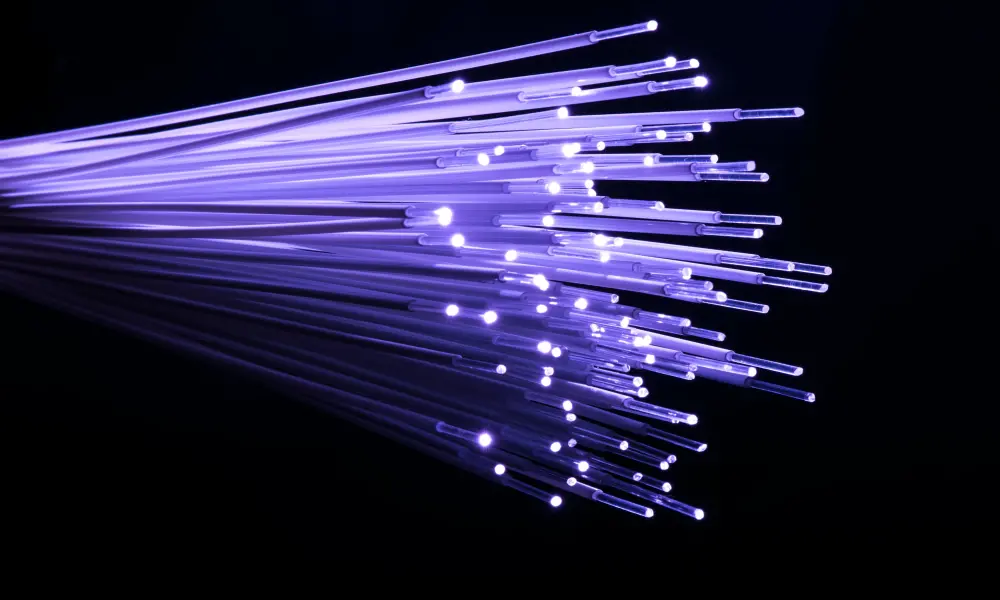
4.3 Fibre optic cables
Fibre optic cables consist of core made of glass fibers to carry light signals and cladding typically made from PVC or Teflon for protection. Advantages:
- Speed: Transmits data at nearly the speed of light
- Distance: Supports long-distance transmission with minimal signal loss
Two types of fiber optic cables:
- Single-mode (OS1, OS2): For long-distance, high-speed transmission using one light beam
- Multimode (OM1–OM5): Uses multiple light beams, ideal for short to medium distances
5. HELUKABEL’s LAN cables
5.1 Coaxial cables
- Standard RG cables: RG 217, RG 218, RG 223 U, RG 316 B/U, RG 302 B/U, RG 58 C/U, RG 59 B/U TWIN, RG 62 A/U
- Halogen-free, flame-retardant RG cables: RG-H 11 A/U, RG-H 58 C/U, RG-H 59 B/U, RG-H 62 A/U, RG-H 71 B/U, RG-H 213 U, RG-H 214 U
- Other types: SAT, SKT, CATV coaxial cables
>>See more: Shielded audio cables and coaxial cables for vivid sound systems
5.2 Twisted pair LAN cables
HELUKABEL’s twisted pair LAN cables are designed to meet the diverse demands of various applications. In addition to providing stable and continuous network connectivity, certain cable lines offer flame-retardant and halogen-free properties, ideal for use in drag chain systems and other specialized environments.
| Category | Products |
| Cat.5 | HELUKAT® 100 CAT.5 U/UTP PVC FLEX HELUKAT® 100-PH120 CAT.5 F/UTP FR-0H |
| Cat.5e | HELUKAT® 200 CAT.5e SF/UTP FRNC STATIC HELUKAT® 100T CAT.5e S/UTP PUR TORSION |
| Cat.6 | HELUKAT® 450 CAT.6 F/FTP FRNC STATIC; HELUKAT® 300 CAT.6 U/UTP FRNC STATIC |
| Cat.6A | HELUKAT® 500 CAT.6A F/FTP FRNC STATIC; HELUKAT® 600 CAT.6A U/UTP FRNC STATIC |
| Cat.7 | HELUKAT® 600 CAT.7 S/FTP FRNC FLEX |
| Cat.7e | HELUKAT® 600 CAT.7e S/FTP FNRC STATIC; HELUKAT® 1200 CAT.7e S/FTP FRNC STATIC |
| Cat.7A | HELUKAT® 1500 CAT.7A S/FTP FRNC STATIC; HELUKAT® 1200 CAT.7A S/FTP LSZH STATIC |
5.3 HELUKABEL's fibre optic cables
HELUKABEL offers a wide range of fibre optic cables, even for demanding applications. The portfolio include:
- Indoor fibre optic cable
- Multi-purpose fibre optic cable
- Outdoor fibre optic cable
- Aerial fibre optic cable
- GOF mobile fibre optic cable
- PROFIBUS + PROFINET fibre optic cable
- HCS Industrial fibre optic cable
- Industrial POF fibre optic cable
5.4 Pre-assembled LAN cables
In addition to offering high-quality LAN cables, HELUKABEL also provides pre-assembled LAN cabling solutions under the HELUKAT® CONNECTING SYSTEMS® range. These integrated network solutions help optimize installation time, ensure high transmission performance, and minimize errors during deployment.
- HELUKAT® CONNECTING SYSTEMS® Patch Cables CAT.6A S/FTP RJ45
- HELUKAT® CONNECTING SYSTEMS® Patch Cables CAT.6A U/UTP RJ45
- HELUKAT® CONNECTING SYSTEMS® Patch Cables CAT.5e SF/UTP RJ45
- HELUKAT® CONNECTING SYSTEMS® Patch Cables CAT.6 S/FTP RJ45
If you still have any concerns or questions, don't hesitate to reach out to HELUKABEL Vietnam's engineering team promptly for detailed assistance.
HELUKABEL® Vietnam
| Address | 905, Nguyen Kiem Street, Ward 3, Go Vap District, Ho Chi Minh City 700000, Vietnam |
| info@helukabel.com.vn | |
| Hotline | +84 28 77755578 |
| Website | www.helukabel.com.vn |
| Discover our products and place orders | Tiki | Shopee | Lazada | Product finder |
| Follow us on | Facebook | LinkedIn | Instagram | Youtube | Zalo | WhatsApp | Tiktok | Spotify |

